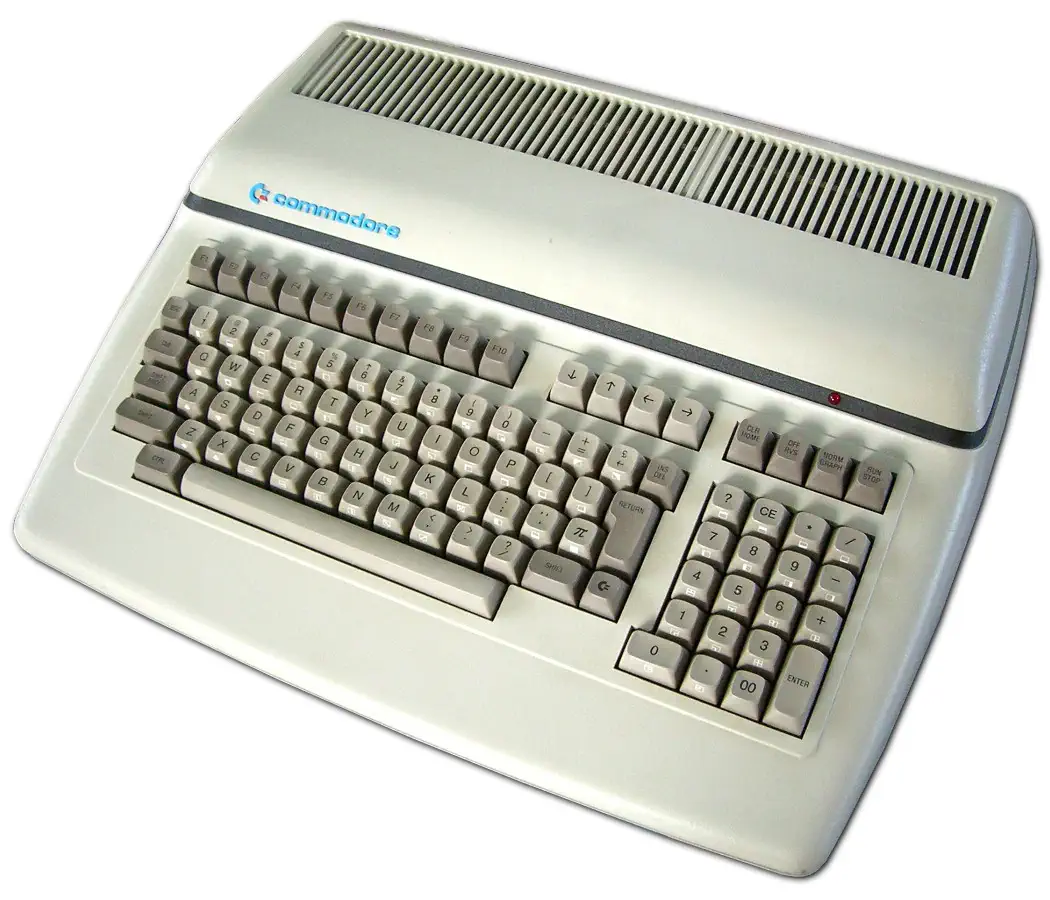Commodore CBM P500 - Overview
The Commodore P500 is s short-lived computer from the CBM-II series. It has 128KByte of RAM, and similar video and sound capabilities to the Commodore 64.
Due to the MOS 6509 processor, this computer was able to address up to 1MByte of RAM via bank switching, the C64 can only address 64 KByte. The bank switching technology was later re-used in the Commodore 128. The P500 design has two joystick ports on the rear, these were still present in the B500, the business version of this computer, but removed in later versions of the CBM-II computers.Since the C64 was so much easier to produce, and cheaper as well, the US launch of the P500 was cancelled. In Europe where the machine did launch, the computer was discontinued in favor of the Commodore 64.
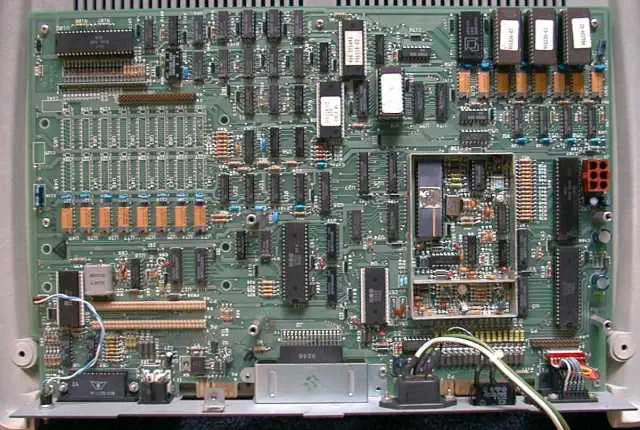
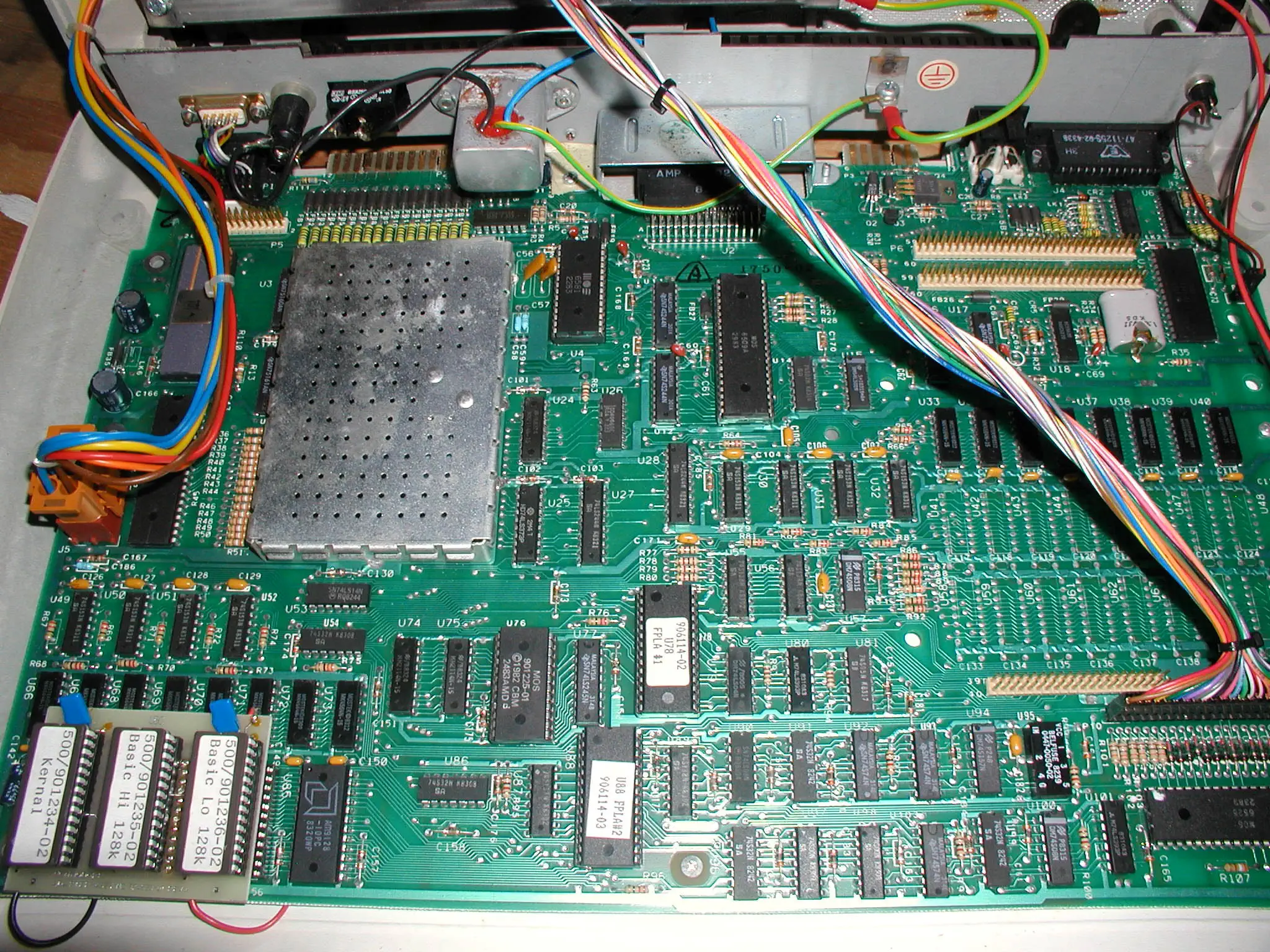

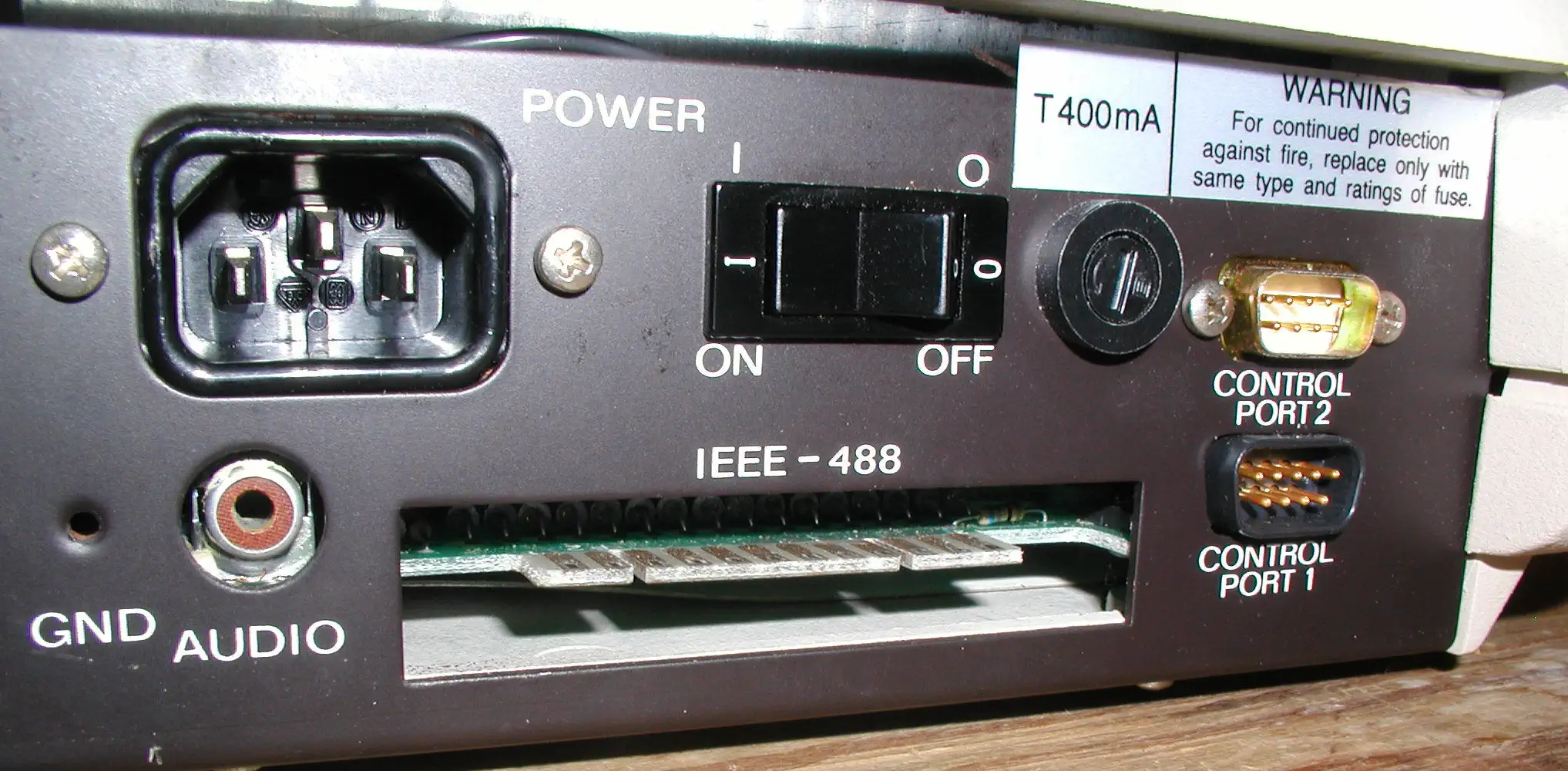
Commodore CBM 500 Series
The Commodore 500 series was introduced in 1982. They are very similar to the CBM 600 series computers, which were launched at about the same time. Memory ranged from 64KByte to 256KByte. There were three models:
- Model 505 - 64KByte RAM (No documentation found about this machine)
- Model P500 - 128KByte RAM for the professional market
- Model B500 (CBM 510) - 128KByte RAM for the Business Market
- Model B500 (CBM 520) - 256KByte RAM for the Business Market
The CBM 500 series uses a lot of the same chips that the Commodore 64 uses are used in the 500 series:
- VIC-II video chip - 320x200, 16 colors, 40 column text
- SID 6581 Sound chip - 3 channel sound
Features:
- Extended Basic v4.0
- 40x25 video mode in 16 colors (VIC-II)
- 64/128/256 KByte memory
- MOS 6509 CPU, Clocked at 1MHz
- Built in machine language monitor
- 2 joystick ports, user port & cartridge port
- IEEE488 parallel connector, RS232C port
Commodore CBM-II
The CBM-II has two incarnations, the P series (P = personal, or, home use) and the B series (B = business use). The B series was available with a built-in monochrome monitor with detached keyboard (hi-profile) but also available as a single unit with built-in keyboard but no monitor (lo-profile). These machines are often referred to as the "Porsche PETs" due to incorrect rumors that the case was designed by Porsche. Though Commodore did initially consult Porsche for a case design, it proved too expensive to produce, so Commodore enlisted designer Ira Velinski to create one based on the original PET prototype
CPU View - MOS 6509
THe MOS Technology 6509 is an enhanced version of the 8-bit 6502 CPU. Using bank switching the 6509 is able to address up to 1MByte of RAM. The 6502 also could do bank-switching, but did so via separate logic circuits, the 6509 had this logic built in. This extra logic made the 6509 difficult to program, and it was mainly used in the Commodore CBM-II line of computers.
Source:WikiPedia - MOS Technology 6509Source:WikiPedia - MOS Technology 6502
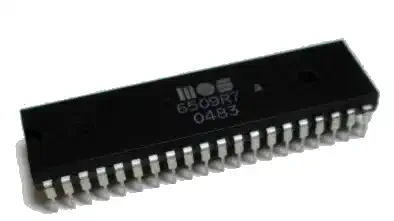
SID (MOS 6581) - Sound Interface Device
SID is short for Sound Interface Device. It is the name of the sound chip that was used in the VC10, the commodore 64 and the Commodore 128. SID was developed by Bob Yannes, an employee of MOS Technology. Bob was not only an engineer but also knew a lot about music. His intention was to create a different sound chip than other devices at the time. He implemented a subtractive synthesis chip. The chip's distinctive sound is easily recognized and was clearly ahead of the ocmpitition. The SID combines analog and digital circuitry that cannot be 100% emulated, even today.
Source: C64 Wiki

320x200 16 color graphics Best Text 40x25 Best Color 16 colors Graphics 320x200 in 16 colors Sprites 8 16pixel wide/scanline 3 colors System OS BASIC V4.0
